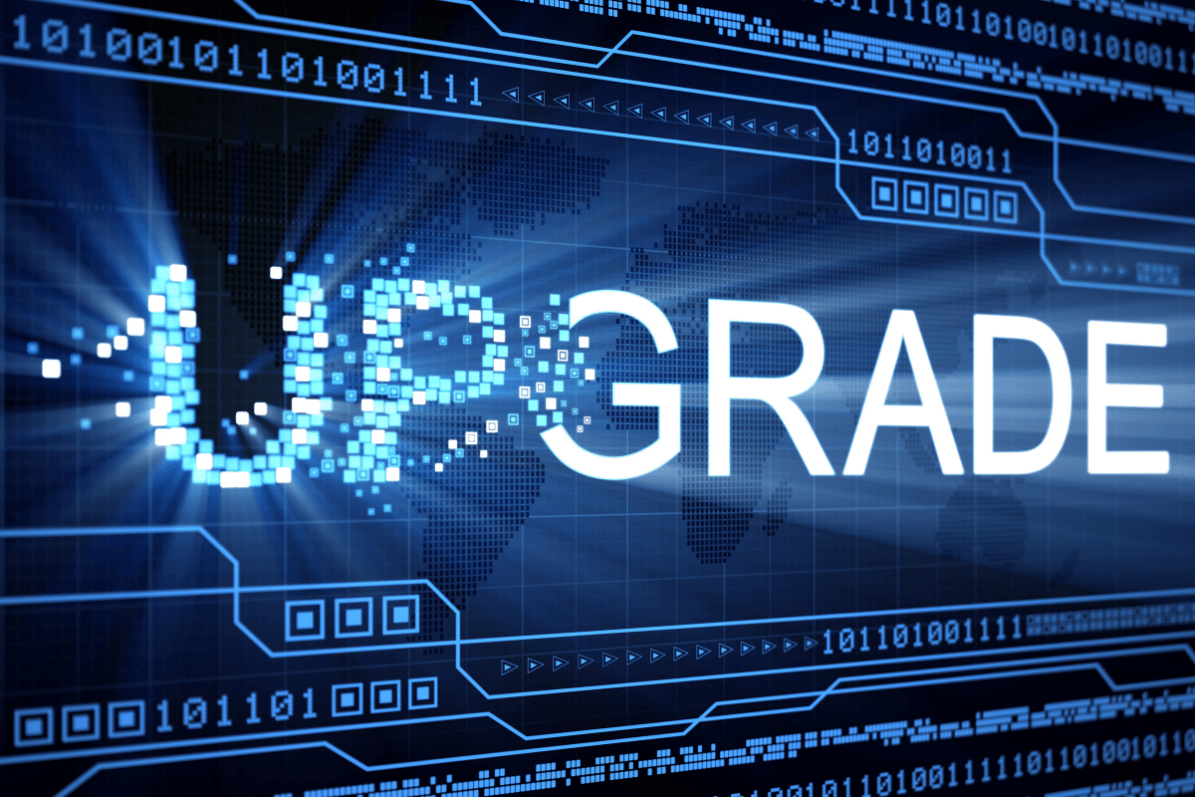
Outdated Technology in Modern Environments
Imagine you’re driving cross-country at a steady 75 mph, only to encounter a horse-drawn wagon—a relic from the 1860s—ambling down the highway. Curious, you ask the driver, “Are you lost?” He assures you he’s on his way to Oregon, though you’re both currently in Pennsylvania. You think, “Why use something outdated when faster options exist?”
This same paradox plays out in businesses worldwide, where aging hardware and software continue to be used despite modern, more secure alternatives. Decision-makers often hesitate to upgrade due to concerns over cost, time, or the belief that “if it isn’t broken, don’t fix it.” But when it comes to technology, outdated systems can quickly transform from functional to vulnerable, putting businesses and their sensitive data at serious risk.
Why Outdated Technology Is a Security Liability
The risk of using old systems goes beyond limited performance – it poses direct cybersecurity threats. Moore’s Law indicates that technology advances rapidly, making even once-cutting-edge systems obsolete within a few years. Here’s why this matters:
- Old Systems Don’t Get Updates: Updates are critical for patching vulnerabilities that hackers exploit.
- Old Systems Don’t Get Fixes: Without fixes, known security gaps remain open to attackers.
- Old Systems Don’t Get Support: When software providers stop supporting a system, it’s an open invitation for cyber threats.
By relying on aging systems, businesses face greater risks and enter a danger zone, with everything from ransomware attacks to critical data breaches.
The True Cost of Not Upgrading
While upgrading your technology might seem costly upfront, the price of sticking with outdated hardware and software can be much higher. For example, a recent enforcement alert from the Environment Protection Agency estimates that up to 70% of drinking water systems are running on outdated hardware/software models, making them susceptible to hacking. The estimated cost to upgrade may be high but consider the cost of doing nothing. Services would be interrupted and impact the health and safety of thousands, perhaps millions of people. The financial and reputational costs of downtime, lost data, or a full-scale security breach can far exceed the initial investment in upgrades.
This is not a “what if” scenario: An explosion of ransomware threats exploiting unpatched vulnerabilities in deprecated software has crippled industries from banking to healthcare, finance to logistics. Thousands of man-hours and billions of dollars are spent every year recovering from such a catastrophic scenario, and in almost every case, it could have been mitigated by keeping hardware and software current. Investing in current technology has a tangible value and is crucial for shielding your business from costly attacks.
Simplify Technology Upgrades with Expert Support
If you’re overwhelmed by where to start with upgrades, you’re not alone. Knowing what should be upgraded and what’s absolutely critical is no small feat. That’s where we come in. At IT Acceleration, we’ve helped businesses of all sizes—from small offices to large corporations in Philadelphia and beyond—seamlessly transition to secure, efficient technology solutions.
Navigating the complexities of IT infrastructure can be challenging, but you don’t have to do it alone. Let IT Acceleration guide your business through an efficient, cost-effective upgrade so you can focus on what matters: Growing your business securely and sustainably.
Contact IT Acceleration today for a consultation and secure your business against the threats of outdated technology.
